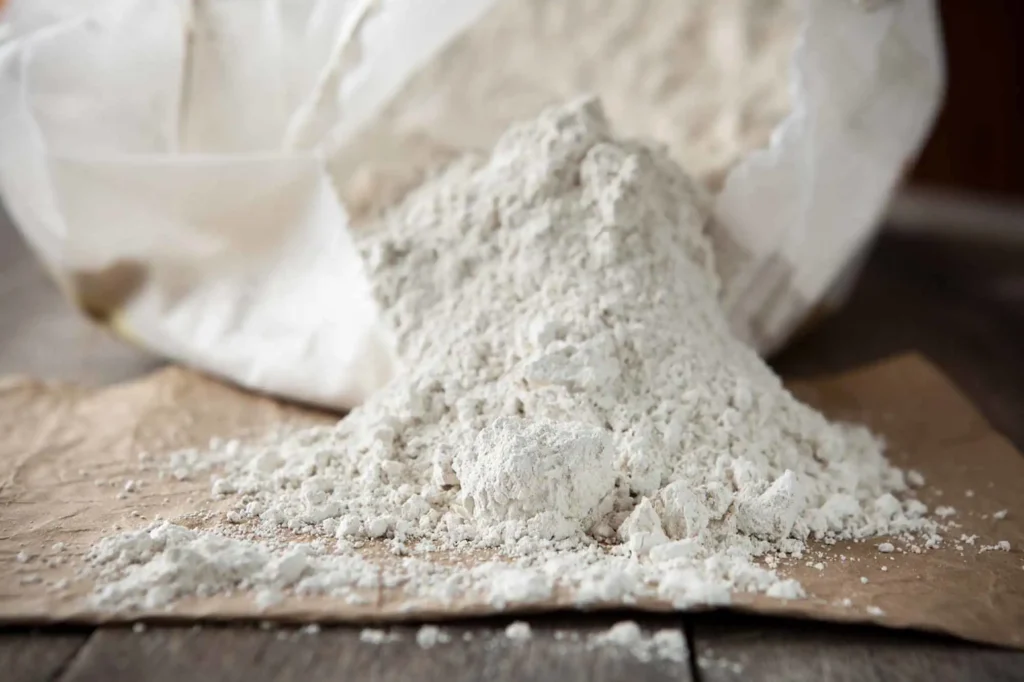Magnesium oxide (MgO), due to its unique physical and chemical properties, is widely used as a highly efficient desiccant in industrial and packaging fields. Its moisture absorption mechanism differs from traditional physical adsorption desiccants, belonging instead to a chemical absorption reaction. This gives it stronger moisture absorption capacity and a more lasting drying effect.

1. Moisture Absorption Reaction Principle
When magnesium oxide absorbs water, the following reaction occurs:
MgO + H₂O → Mg(OH)₂
This reaction is an endothermic chemical reaction. The magnesium hydroxide produced after the reaction is stable and non-volatile, ensuring that the desiccant will not “rewet” or liquefy after absorbing moisture. This makes it suitable for application scenarios with strict environmental requirements.
2. Structural Characteristics Aid Moisture Absorption Performance
- Magnesium oxide is a porous material with a large specific surface area;
- There are a large number of active sites in its crystal structure, especially unsaturated oxygen ions, which easily form hydrogen bonds with water molecules;
- These structural characteristics enable it to quickly capture and bind water molecules from the air.
3. Advantages of Chemical Moisture Absorption
- Strong Moisture Absorption Capacity in High-Humidity Environments: Unlike physical adsorption desiccants which easily saturate in high-humidity environments, MgO can still continuously absorb water at high humidity;
- No Corrosivity and Liquefaction Risk: The magnesium hydroxide produced by moisture absorption is solid, posing no leakage risk;
- Good Thermal Stability: It can maintain structural stability even in high-temperature environments and will not degrade or lose efficacy.
4. Strong Environmental Adaptability
- Can be applied in various fields, such as electronic components, pharmaceutical packaging, instruments and meters, etc.;
- Does not rely on extremely tightly sealed packaging environments, making it suitable for placement under complex transportation or storage conditions.
